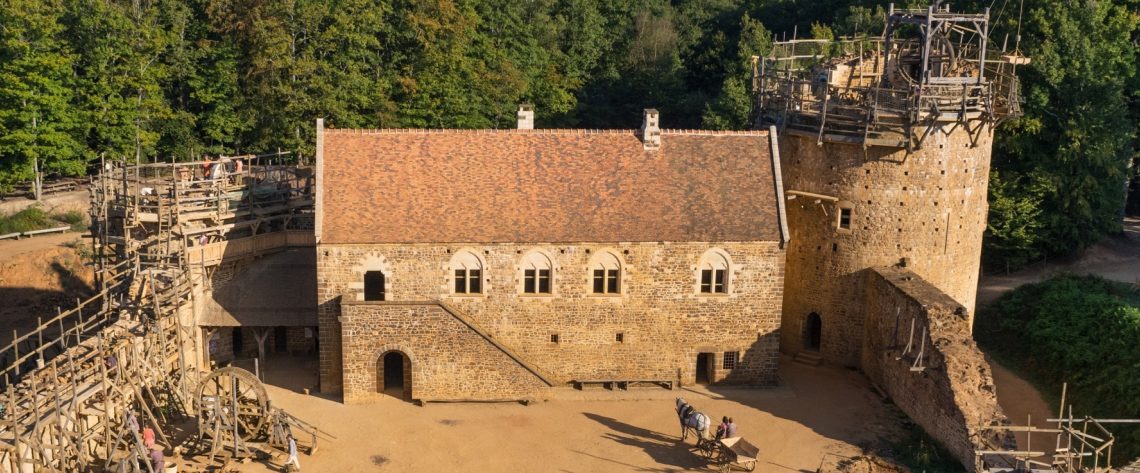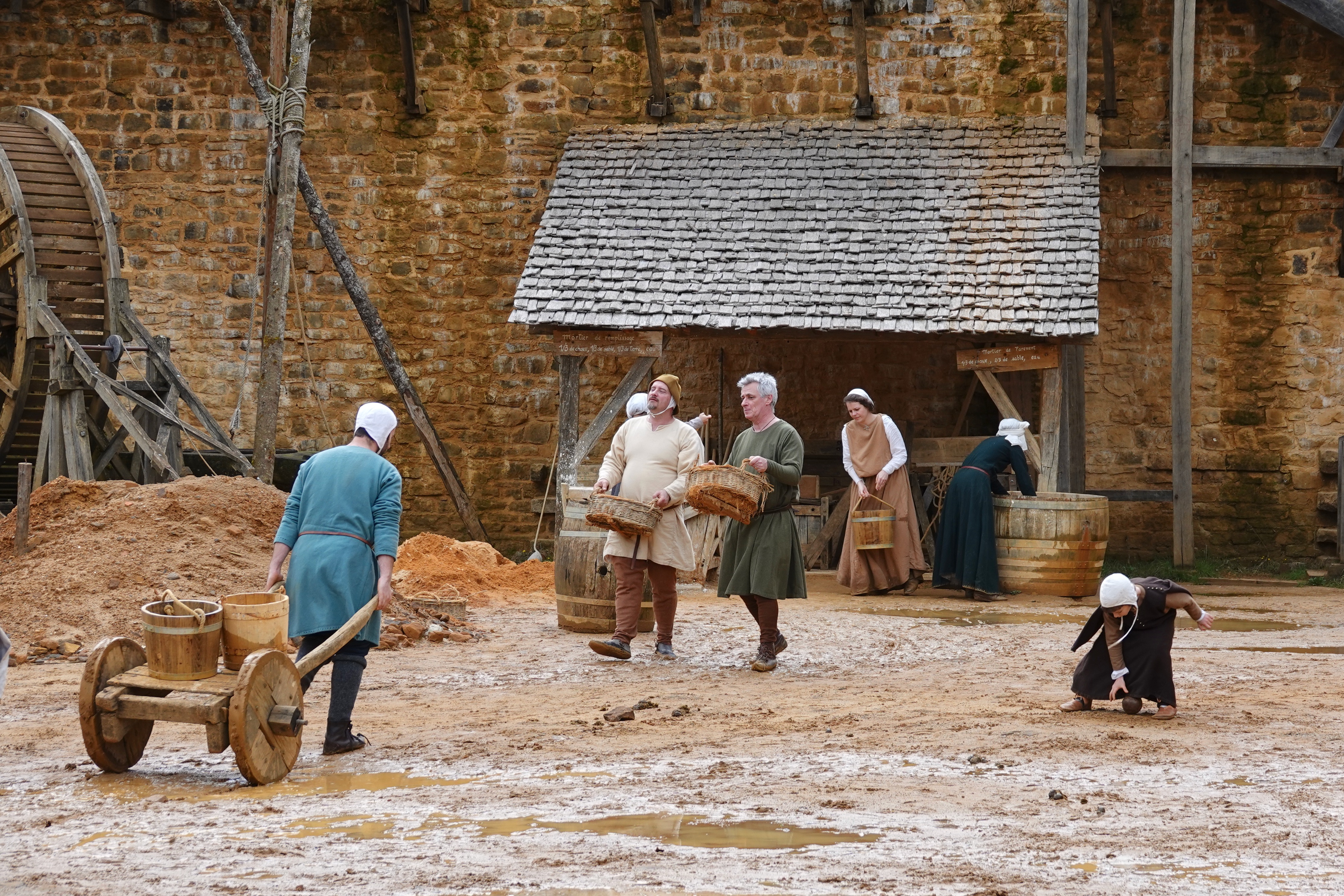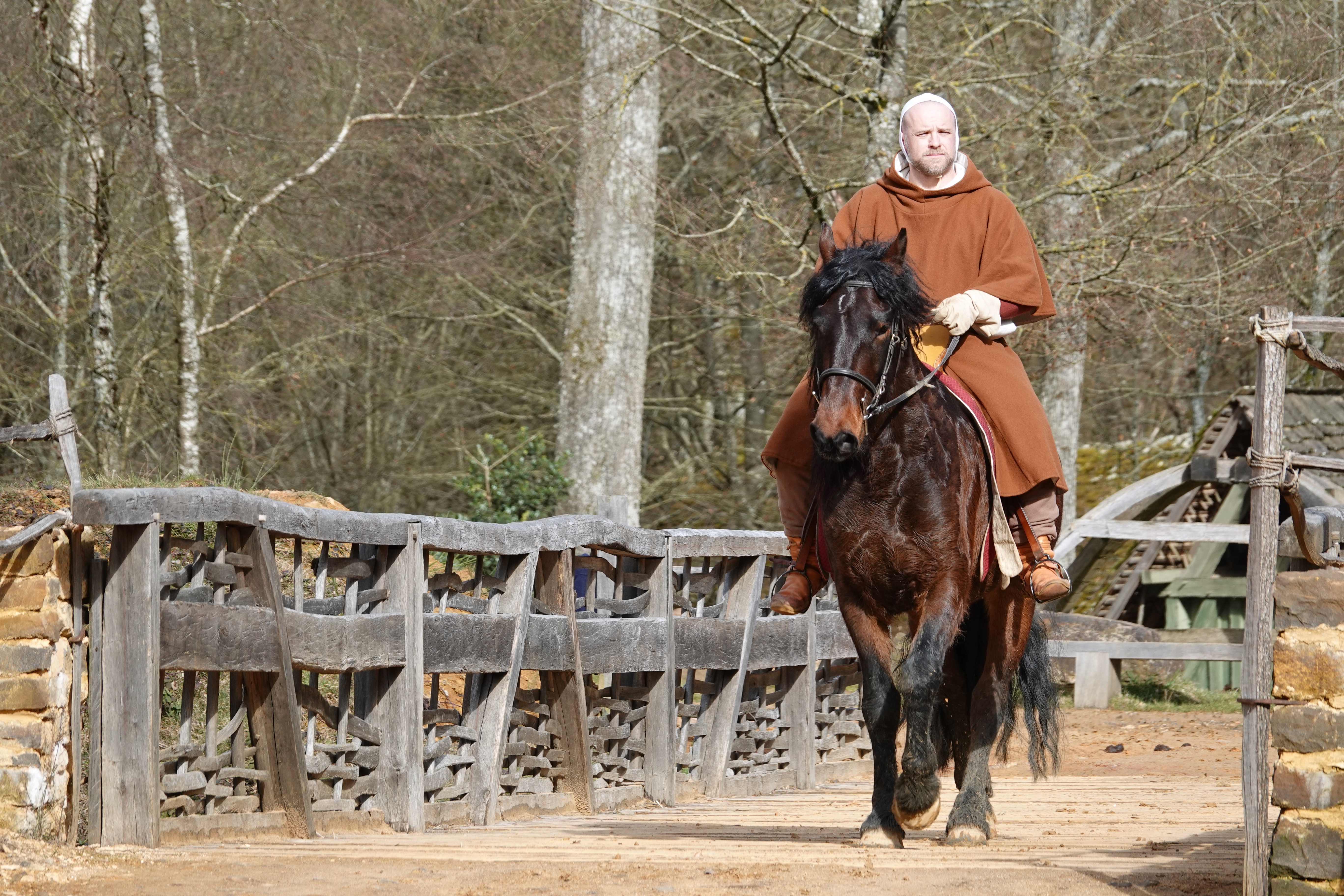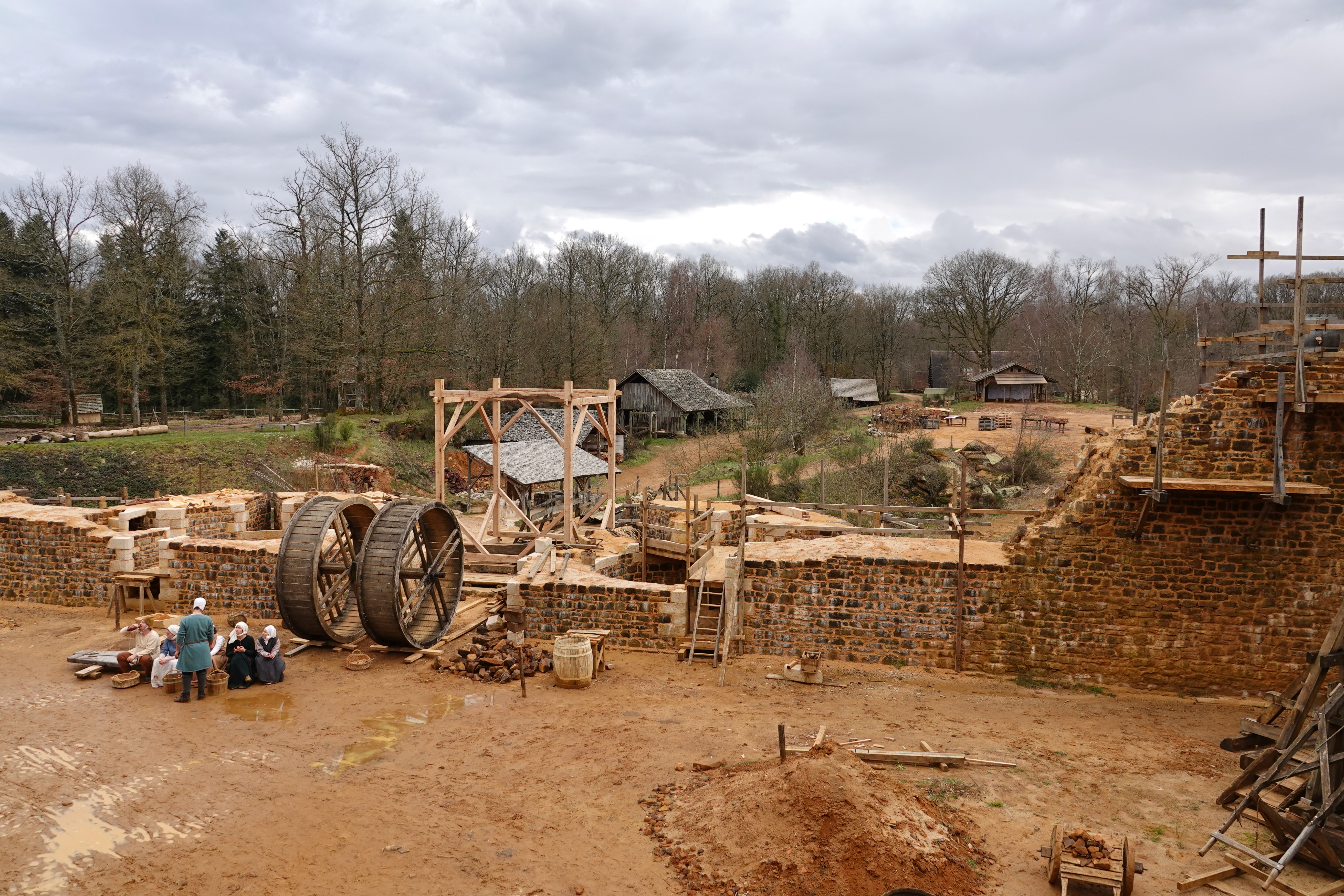
L’AGE D’OR DES CHÂTEAUX FORTS
THE GOLDEN AGE OF FORTIFIED CASTLES?
70′ & 52′ / Français – Anglais / 4K / RMC Découverte – France 3 Bourgogne Franche Comté, Curiosity Stream
Distributeur : Lukarn
Auteur : Serge Tignères / Réalisateur : Benoît Poisson
Le château fort est sans nul doute le monument emblématique des mille années d’histoire qui constituent ce que nous avons l’habitude d’appeler « Moyen Age ». Entre le Xe et la fin du XV siècle, d’innombrables châteaux forts ont été construits dans toute l’Europe, pour la plus grande gloire des seigneurs… Pendant près de cinq siècles, ces bâtiments exceptionnels ont été au cœur d’une société fondée sur les liens de vassalité, regroupant, outre la défense d’un territoire, des fonctions politiques, administratives, judiciaires et économiques mais c’est au XII et XIIIeme siècle qu’ils connurent véritablement leur âge d’or ! Les châteaux s’améliorent et prennent alors leur forme typique. Les murailles sont plus hautes et plus épaisses pour résister aux tirs des machines de guerre comme les catapultes. Les architectes ajoutent des tours d’angle ne laissant pas d’angle mort et permettant de mieux se défendre. A la fin du XIIe siècle, les meurtrières apparaissent dans les murs pourfaciliter le tir à l’arbalète. En général, la pierre remplace le bois, sauf dans certains éléments de défenses extérieurs. Moins utile comme moyen de défense, le donjon reste un symbole du pouvoir. Le seigneur et sa famille habitent dans un autre endroit plus confortable, toujours situé dans l’enceinte du château. C’est au XIIIe siècle que le château fort est équipé d’une deuxième enceinte, autour de la basse cour. On construit des tourelles pour ne pas laisser d’angles morts. On aménage un chemin de ronde en haut des murailles, on remplace les hourds en bois par des machicoulis en pierre. Le château fort est en constante évolution et sa construction nécessite l’invention, ou la redécouverte d’une importante machinerie (grue, scies mécaniques, monte-charges…etc.) A travers la construction du château de Guédelon et la reconstitution minutieuse de la vie d’une famille seigneuriale au XIIe ou XIIIe siècle, cet épisode retrace l’âge d’or des châteaux-forts.
The castle is undoubtedly the emblematic monument of the thousand years of history that constitute what we used to call « Middle Ages ». Between the 10th and the end of the 15th century, innumerable castles were built all over Europe, for the greater glory of the lords … For almost five centuries, these exceptional buildings have been at the heart of a society based on links of vassalage, gathering, besides the defense of a territory, political, administrative, judicial and economic functions but it is in XII and XIIIeme century that they really knew their golden age! The castles improve and then take their typical form. The walls are taller and thicker to withstand the firing of war machines like catapults. The architects add corner towers that do not leave a blind spot and make it easier to defend themselves. At the end of the 12th century, loopholes appeared in the walls to facilitate crossbow shooting. In general, the stone replaces the wood, except in some elements of external defenses. Less useful as a defense, the dungeon remains a symbol of power. The lord and his family live in another, more comfortable place, still within the castle grounds. It is in the thirteenth century that the castle is equipped with a second enclosure, around the lower court. Turrets are built to avoid blind spots. We set up a walkway at the top of the walls, we replace the wooden hoard by stone machicoulis. The castle is in constant evolution and its construction requires the invention, or the rediscovery of an important machinery (crane, mechanical saws, hoists … etc.) Through the construction of the castle of Guédelon and the meticulous reconstruction of the life of a seigneurial family in the twelfth or thirteenth century, this episode traces the golden age of castles.


